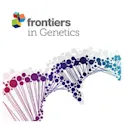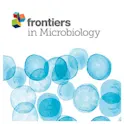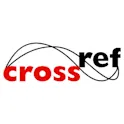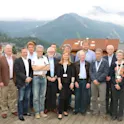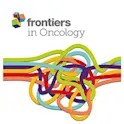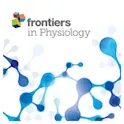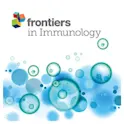
Frontiers news
03 Sep 2015
Most viewed Immunology articles in August 2015
Immune tolerance maintained by cooperative interactions between T cells and antigen presenting cells shapes a diverse TCR repertoire Katharine Best, Benny Chain* and Chris Watkins A microbial feed additive abates intestinal inflammation in Atlantic salmon Ghana Vasanth, Viswanath Kiron*, Amod Kulkarni, Dalia Dahle, Jep Lokesh and Yoichiro Kitani Differential expression of microRNAs in thymic epithelial cells from Trypanosoma cruzi acutely-infected mice: putative role in thymic atrophy Leandra Linhares-Lacerda*, Cintia Cristina Palu, Marcelo Ribeiro-Alves, Bruno Diaz Paredes, Alexandre Morrot, Maria Rosa Garcia-Silva, Alfonso Cayota and Wilson Savino An in silico approach reveals associations between genetic and epigenetic factors within regulatory elements in B cells from primary Sjögren’s syndrome patients Orsia D. Konsta, Christelle Le Dantec, Amandine Charras, Wesley H. Brooks, Marina I. Arleevskaya, Anne Bordron and Yves Renaudineau* Dietary mannan oligosaccharides: counteracting the side effects of soybean oil inclusion on European sea bass (Dicentrarchus labrax) gut health? Silvia Torrecillas*, Daniel Montero, Maria José Caballero, Karin A. Pittman, , Marco Custodio, Aurora Campo, John Sweetman and Marisol Izquierdo HIV-1 structural proteins serve as PAMPs for TLR2 heterodimers significantly increasing infection and innate immune activation Bethany M. Henrick, Xiao-Dan Yao, Kenneth Lee Rosenthal* and the INFANT study team Evidence for infection and inflammation in infant deaths in a country with […]
